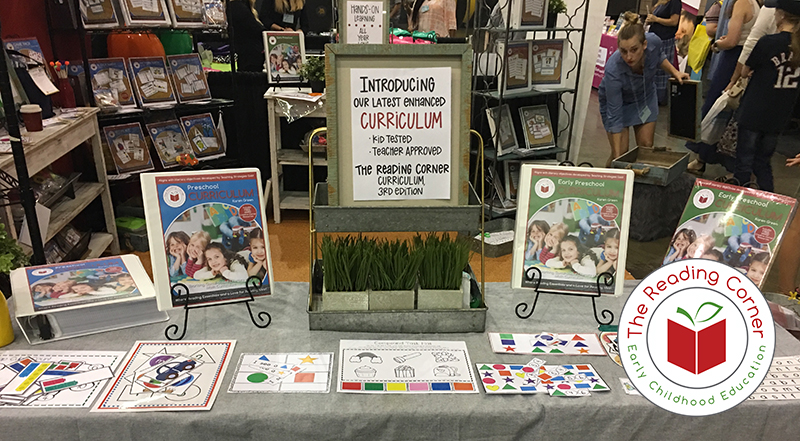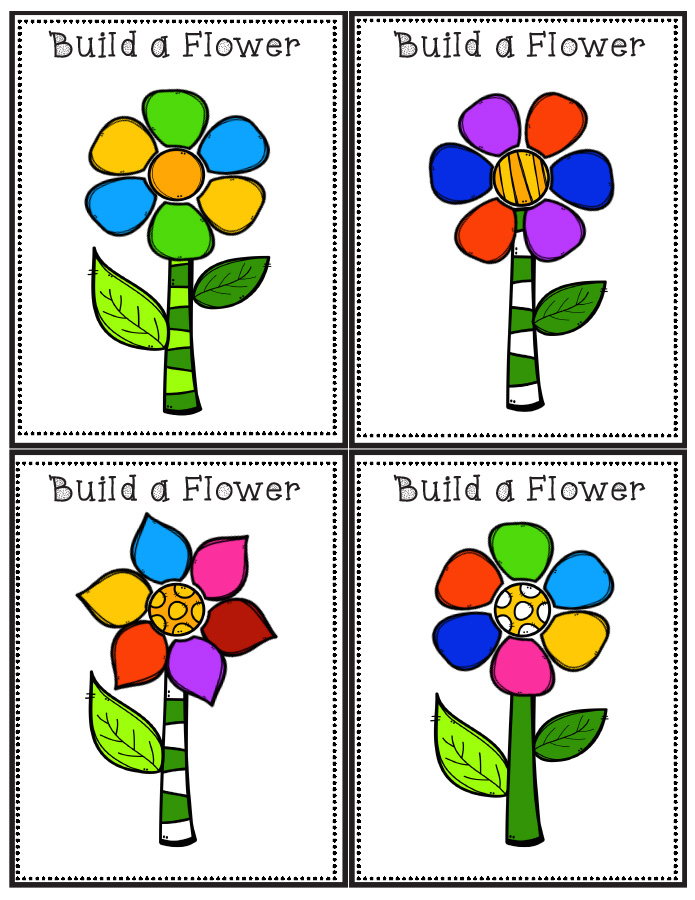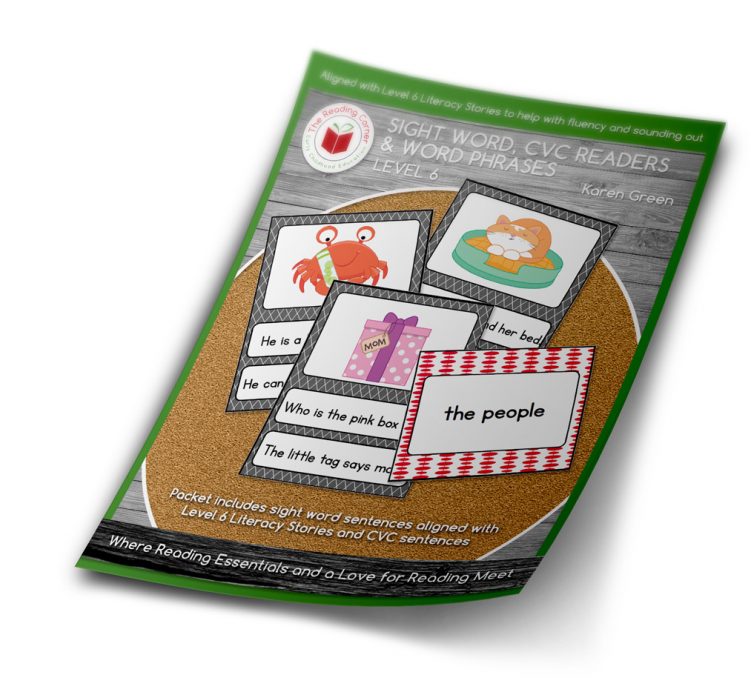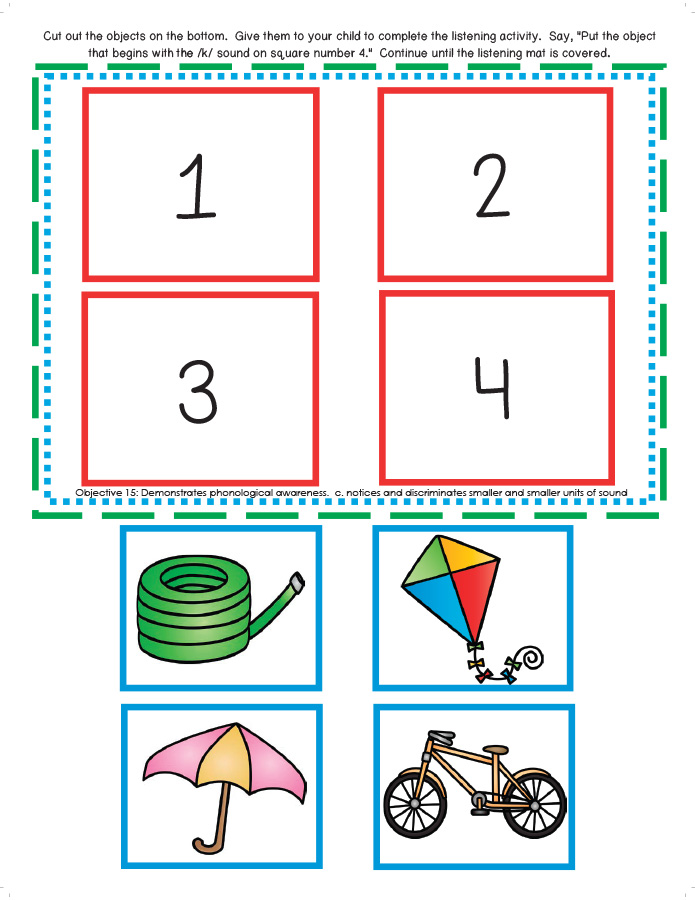Several years ago, the school was running smoothly, and we had begun receiving frequent requests from parents, friends, and teachers who were asking us how they could acquire the curriculum for themselves and their children. We quickly decided that we would create workbooks for parents. While there were existing summer workbooks that covered some of the concepts, we determined that those materials did not enable children to continue working independently.
The format we created for the workbooks included ten (10) weeks of ten (10) literacy activities coupled with 10 (ten) math activities. Each week featured similar activities. Remember: research indicates that a child has to experience concepts from eight (8) to ten (10) times to develop mastery. So, ten (10) weeks of summer would enable a child to see a concept ten (10) times. The goal of the workbooks was to provide activities that would help children focus on the important skills to create readiness for school success the next school year.
Before developing the workbooks, we sat down with a teacher from each grade and asked them two questions: 1) What skill-building practice do children need during the summer, and 2) What are some skills that you would like your child to experience before coming into your class?
After listening and learning from our teachers, we created five (5) levels of workbooks: early preschool through second grade. Over a five-month period, we believed we had created meaningful tools that would prepare students to learn concepts, identified by our teachers, in the coming year. Developing these workbooks required intense effort, but we believed the tools would bolster a child’s confidence as well as their readiness to learn in the classroom.
In June, the workbooks were completed. School continued to run smoothly, and we felt compelled to develop this series of workbooks into a curriculum that would impact more children. And so the convention journey began. Our first convention was in South Carolina. Three of us (two teachers and our Director) showed up with a few boxes of workbooks and five (5) magazine holders. This was a “faith based initiative”–we had no idea what to expect! We set up our table; put the workbooks in the magazine holders; and we were ready to sell. We had a few sales that day and were excited about the progress we made. However, we mused “ Will these parents understand that workbooks are more than just books? They are a bundle of hands-on activities!”
After the convention, we returned to the hotel room and found ourselves wrestling with whether or not we had fully explained the power of the workbooks. Our Director left the hotel room quietly and drove to a 24-hour Walmart. There, she purchased a rug, some school supplies and some blocks. The next day, we showed up to the convention early; pushed the table back; and taught parents the way we teach our students: the learning would happen on the rug–that hands-on learning was more important than simply selling workbooks.
Since that first convention, we have had huge success, but we never rest on our laurels. Conventions force us to synthesize our philosophy and how our curriculum can best be used. Like our children, we always are learning. While mentally exhausting, conventions are where we meet hundreds (thousands) of parents and teachers, and their feedback is invaluable. We strive to be responsive and have learned that we must constantly create and improve–always making the curriculum easier and more hands on.
For instance, after the second convention, we heard so many parents saying “ This is great, but how do I remember how to do all this at home?” Post-convention planning became as important for us as preparation for the conventions. We would return home to create visual and verbal teaching guides to better demonstrate how to unpack each activity–to show how it can become a hands-on learning experience. This process compelled us to create teaching guides in addition to the workbooks, but we continued to feel that there was something missing: something that would best represent a year long curriculum for preschool and kindergarten age children.
Though our school utilized a year long curriculum that we developed, the majority of the content had been included in the workbooks. We determined it was time to go back to the drawing board and design the year long curriculum that we showcase at conventions. Just as we strive to inspire our children to be life long learners, we were reminded that our learning never ends, and we remain focused on continual improvement of our curriculum and how we communicate that to parents and teachers.
Throughout the conventions, we have changed and modified the way we set up our displays, the way we showcase products, and the appearance of our booth. Each convention teaches us something new. We now have over 50 products that target ages from 2-7. Instead of hiding behind the booth, we demonstrate to parents what we have learned in the classroom–that hands-on teaching not only enhances learning, it sells products. As we engage parents and educators, we learn their wants and their needs, and we prepare ourselves to modify our curriculum as necessary.
The following is a list of other “lessons learned” from conventions:
- We talk way too much. Listening is important. We love sharing our passion, but listening is how we learn.
- Talking too much actually discourages selling. We are awesome teachers but not very good “closers.”
- It’s hard to push your product, when you are so close to it. Our best sales people are our children–they are living proof of the success of our products.
- While our children are the best demonstration of the success of our curriculum, it is best to keep them away from all the sugary treats at conventions!
- It is very difficult to de-personalize products that we have created and curriculum that we have developed. It is truly our creation, and we expect it to sell itself.
- We need to stay focused on selling the benefits of our curriculum, and use our teaching skills to help parents develop their own hands-on style.
In summary, conventions have been a lot of work. We spend weeks preparing for a two-day event and several days recuperating. We return home to compare our notes and talk about next steps. But, what always keeps us going are the affirmations that our products are working. How validating it is when we hear, “ My children love these activities.” At conventions, we learn; we improve our own skills and curriculum; we listen, and we are heartened to know our work is creating life long learners.
[/et_pb_text][/et_pb_column][et_pb_column type=”1_4″][et_pb_image _builder_version=”3.0.105″ src=”https://readingcorneronline.com/wp-content/uploads/2018/02/The-Reading-Corner-Primary-Logo.png” show_in_lightbox=”off” url_new_window=”off” use_overlay=”off” align=”center” always_center_on_mobile=”on” force_fullwidth=”off” show_bottom_space=”on” max_width=”99%” max_width_tablet=”42%” max_width_phone=”31%” max_width_last_edited=”on|phone” locked=”on” /][et_pb_text admin_label=”Category Links” _builder_version=”3.0.105″ background_layout=”light” header_text_color=”#c10230″ locked=”off” collapsed=”on” saved_tabs=”all” global_module=”775″]




















